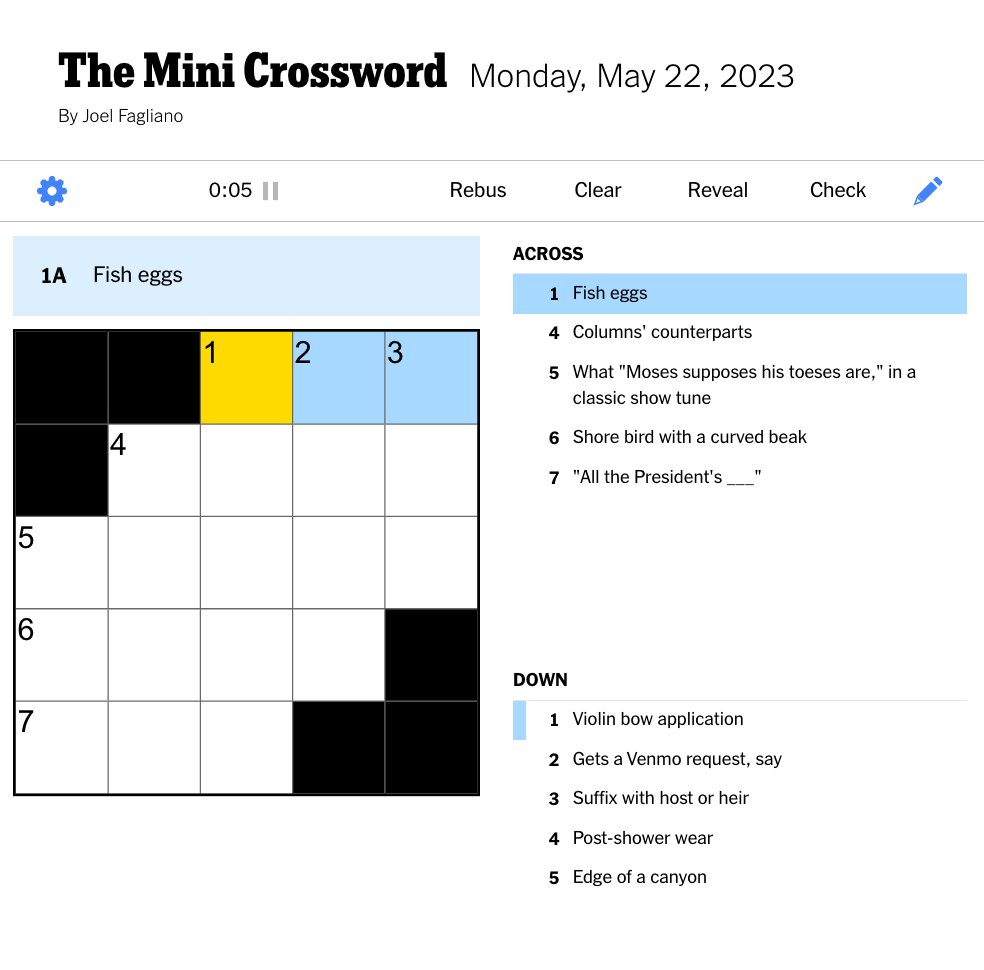Welcome In: The Two-Word Greeting Driving Retail Frustration

Table of Contents
"Welcome In"—a seemingly harmless phrase, yet for many retailers, it's a source of significant frustration. This seemingly innocuous greeting can inadvertently create a negative customer experience, impacting sales and brand perception. This article delves into why this common phrase often falls flat and provides actionable strategies for improvement. We'll explore how to move beyond the generic "Welcome In" and cultivate a more welcoming and customer-centric retail environment.
The Perception of "Welcome In"
The intention behind "Welcome In" is, of course, positive. Retailers aim to create a welcoming atmosphere. However, the execution often misses the mark. Many customers perceive this greeting as:
- Forced and insincere: A rushed "Welcome In" from a busy employee can feel more transactional than welcoming. It suggests a focus on meeting a quota rather than genuine connection.
- Generic and impersonal: It lacks personalization and fails to acknowledge the individual customer. It treats everyone the same, losing the opportunity for a more tailored experience.
- Interrupting: Sometimes, a customer might prefer to browse independently without immediate interaction. A forced greeting can feel intrusive and unwelcome.
Employee training and tone of voice play crucial roles. A genuine smile and a warm, natural tone can transform "Welcome In" into a positive interaction. Conversely, a mumbled or hurried greeting can negate any positive intent. The key is genuine engagement, not a scripted phrase. Consider the customer's body language; a customer deeply engrossed in examining a product likely prefers to be left alone for a few minutes.
Alternatives to "Welcome In"
Fortunately, there are many alternatives that create a more welcoming and personalized experience:
- Personalized greetings: "Good morning/afternoon, can I help you find anything today?" This offers assistance without being pushy.
- Observational greetings: Notice what a customer is looking at and offer assistance based on that observation. "Those are our new fall sweaters; they're very popular. Are you looking for something in particular?" This shows attentiveness and genuine interest.
- Environmentally-driven greetings: "It's a beautiful day, isn't it? Welcome to [Store Name]." This creates a more relaxed and conversational start.
- Product-focused greetings: "That's a great choice! Have you seen [related product] yet?" This subtly guides the customer and promotes additional sales.
The best greeting considers the store's environment and the customer's demographics. A bustling department store might require a slightly different approach than a smaller boutique. The goal is a sense of connection, not a robotic recitation.
Measuring the Impact of Greetings
Retailers can't just assume their greeting strategy is working. Measuring its impact is crucial:
- Customer feedback surveys: Gather feedback directly from customers about their in-store experience. Include specific questions about their initial interaction with staff.
- Sales data analysis: Correlate different greeting styles with sales figures to identify correlations. Track sales data for periods when different greeting approaches are implemented.
- Mystery shoppers: Use mystery shoppers to assess employee interactions and identify areas for improvement. Mystery shoppers provide unbiased feedback on the effectiveness of greetings.
- Employee feedback: Regularly solicit feedback from employees on what greeting styles feel most natural and effective.
By analyzing data, retailers can determine what works and what doesn't, refining their approach for optimal results.
Training Employees for Effective Customer Interactions
Effective employee training is paramount:
- Role-playing: Practice various customer interaction scenarios, including different greeting styles and handling objections.
- Active listening: Emphasize the importance of listening to customer needs and responding accordingly. Train staff to identify nonverbal cues.
- Ongoing feedback: Provide regular feedback and coaching to improve employee performance. Conduct regular performance reviews to assess customer interaction skills.
- Customer service workshops: Offer workshops that focus on creating a positive and personalized customer experience.
Investing in training empowers employees to deliver exceptional customer service, fostering loyalty and driving sales.
Conclusion
The seemingly simple "Welcome In" can significantly impact the customer experience. By understanding its limitations and replacing it with more personalized and authentic greetings, retailers can create a welcoming atmosphere, enhance customer satisfaction, and ultimately boost their bottom line. Avoid the generic "Welcome In" and embrace customer-centric greetings for a more successful retail strategy. Start analyzing your current greeting strategies and implement the changes suggested to see a positive impact on your customer experience and sales. Move beyond the limitations of "Welcome In" and discover the power of genuine customer engagement.

Featured Posts
-
 Rosemary And Thyme A Practical Guide For Home Cooks
May 31, 2025
Rosemary And Thyme A Practical Guide For Home Cooks
May 31, 2025 -
 Elon Musk Leaving Trump Administration Reasons And Implications
May 31, 2025
Elon Musk Leaving Trump Administration Reasons And Implications
May 31, 2025 -
 Homes Destroyed Thousands Flee Eastern Newfoundland Wildfires
May 31, 2025
Homes Destroyed Thousands Flee Eastern Newfoundland Wildfires
May 31, 2025 -
 22 Ans Du Tip Top One A Arcachon Retour Sur Une Histoire
May 31, 2025
22 Ans Du Tip Top One A Arcachon Retour Sur Une Histoire
May 31, 2025 -
 March 18 Nyt Mini Crossword Clues And Answers
May 31, 2025
March 18 Nyt Mini Crossword Clues And Answers
May 31, 2025
